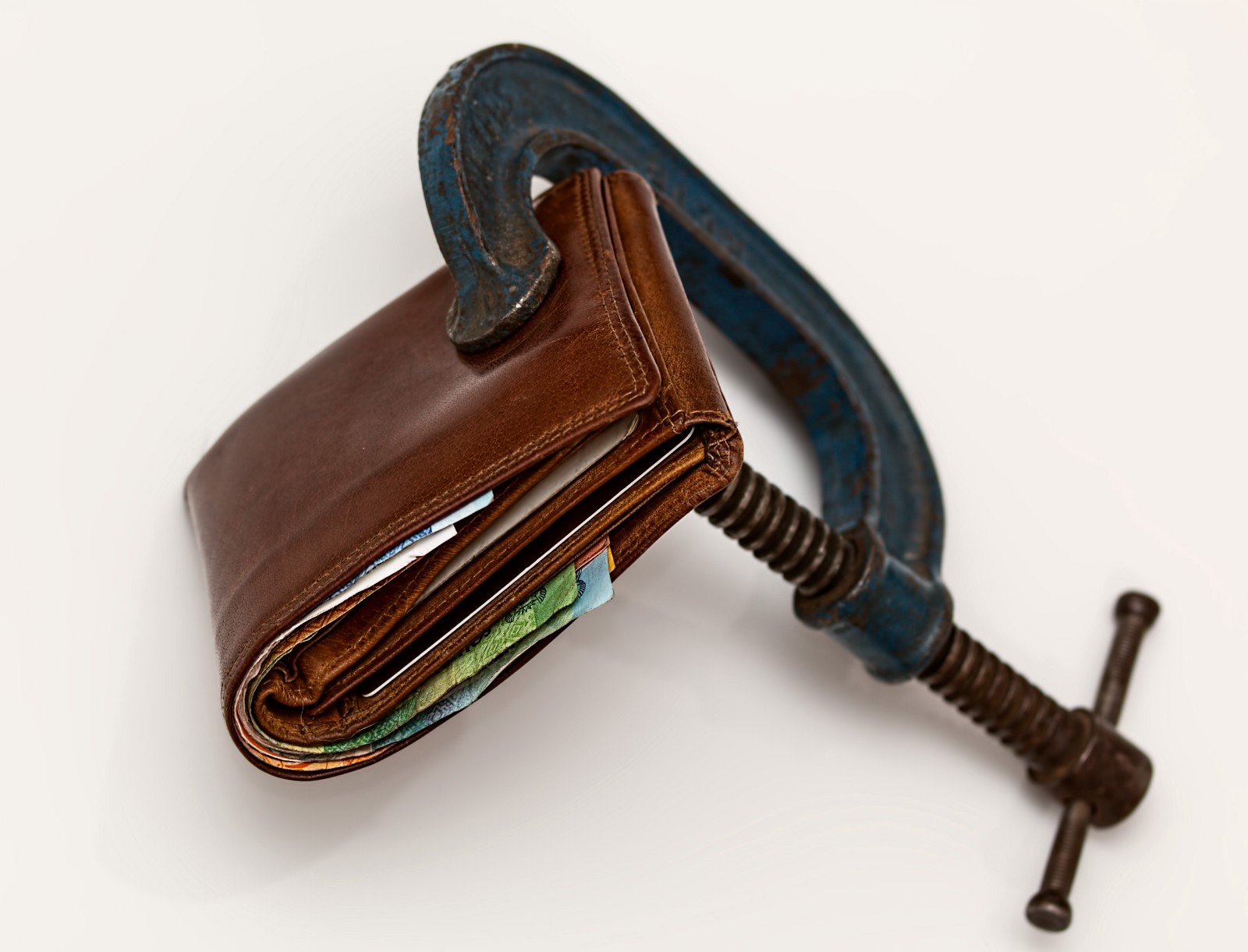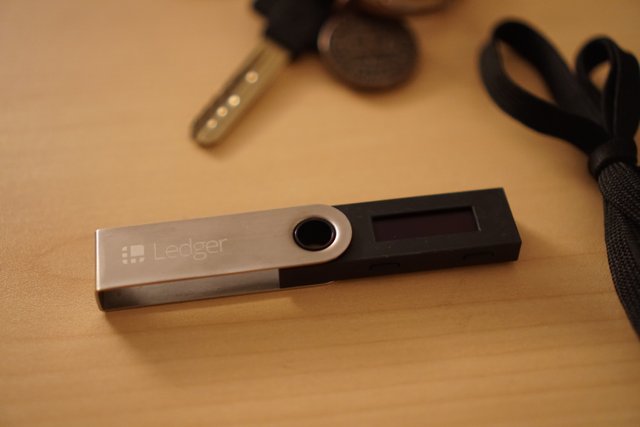A hardware wallet is a device that generates private keys for the safe storage of your cryptocurrencies in an offline environment. You only need to plug them to your computer or phone to access the coins. There is no one size fits all, and this guide to hardware wallets will help you find the best wallet. Read on to the end to know how they work and the different types that there are today.
Guide to Hardware Wallets
How Do Hardware Wallets Work?
Hardware wallets are one of the safest ways of storing cryptocurrencies. When you make a transaction, you will get a message that that corresponds to the type of transaction made; that is whether you have transferred or received coins. If there is a third party who can create a similar message, then they can spend your coins, and that is why you need a digital signature.
A unique private key that is linked to your address generates the digital signature. A crypto wallet keeps track of all the addresses and their associated private keys, and when you initiate a transaction, the wallet will create a message that makes the transfer of coins possible.
The wallet will then use the private keys to create a digital signature. However, when you have a wallet stored on a phone or computer that is connected to the internet, you are at the risk of losing your coins in case the security of the device is compromised. A hardware wallet protects against this kind of threats, and it will offload the private keys to a device of your choice.

How to Use Hardware Wallets
To show you how they work, we will use Trezor, the first mass-produced and most popular hardware wallet. First, we will look at how to set it up.
- First, connect it to your computer via a USB cable
- Download and activate the browser plugin
- Trezor will then prompt you to choose a PIN
- Write down a randomly generated sequence of 24 words otherwise known as seed
The seed allows you to reconfigure the hardware wallet just in case it gets lost and it will act as a backup and the last security shield for when the device is lost or stolen. With that out of the way, transacting with the wallet is straightforward as well.To add a coin to the hardware wallet, follow this procedure
- Select ‘Receive’ tab to get your wallet’s address
- On the transaction pane, you will see an incoming transaction message when someone is making a payment to you
- The transaction will be marked as ‘unconfirmed’ then replaced by the date and time when it is completed
When it comes to making payments, the process is easy just like the receiving payments. The process includes

- Look for the ‘Send’ tab, which will then take you to the payment page
- Enter the destination wallet address followed by the amount of cryptocurrencies you wish to send
- Press ‘Send,’ enter your PIN and confirm the transaction on your wallet
Conclusion
Hardware wallets are best used for storing cryptocurrency coins that you do not want to use often. They are secure, and the modern versions of the wallets are easy to use and operate. We hope that this guide to hardware wallets was fruitful. Be sure to read on the best hardware wallets there are today.




